What could a My Health Record data breach look like?
Last week marked the start of a three-month period in which Australians can opt out of the My Health Record scheme before having an automatically generated electronic health record.
Some Australians have already opted out of the program, including Liberal MP Tim Wilson and former Queensland LNP premier Campbell Newman, who argue it should be an opt-in scheme.
But much of the concern about My Health Records centres around privacy. So what is driving these concerns, and what might a My Health Records data breach look like?
Data breaches
Data breaches exposing individuals’ private information are becoming increasingly common and can include demographic details (name, address, birthdate), financial information (credit card details, pin numbers) and other details such as email addresses, usernames and passwords.
Health information is also an attractive target for offenders. They can use this to perpetrate a wide variety of offences, including identity fraud, identity theft, blackmail and extortion.
Last week hackers stole the health records of 1.5 million Singaporeans, including Prime Minister Lee Hsien Loong, who may have been targeted for sensitive medical information.
Meanwhile in Canada, hackers reportedly stole the medical histories of 80,000 patients from a care home and held them to ransom.
Australia is not immune. Last year Australians’ Medicare details were advertised for sale on the dark net by a vendor who had sold the records of at least 75 people.

Earlier this year, Family Planning NSW experienced a breach of its booking system, which exposed client data of those who had contacted the organisation within the past two and a half years.
Further, in the first report since the introduction of mandatory data breach reporting, the Privacy Commissioner revealed that of the 63 notifications received in the first quarter, 15 were from health service providers. This makes health the leading industry for reported breaches.
Human error
It’s important to note that not all data breaches are perpetrated from the outside or are malicious in nature. Human error and negligence also pose a threat to personal information.
The federal Department of Health, for instance, published a supposedly “de-identified” data set relating to details from the Medicare Benefits Scheme and the Pharmaceutical Benefits Scheme of 2.5 million Australians. This was done for research purposes.
But researchers were able to re-identify the details of individuals using publicly available information. In a resulting investigation, the Privacy Commissioner concluded that the Privacy Act had been breached three times.
The latest data breach investigation from US telecommunications company Verizon notes that health care is the only sector where the threat from inside is greater than from the outside. Human error contributes largely to this.
There are promises of strong security surrounding My Health Records but, in reality, it’s a matter of when, not if, a data breach of some sort occurs.
Privacy controls
My Health Record allows users to set the level of access they’re comfortable with across their record. This can target specific health-care providers or relate to specific documents.
But the onus of this rests heavily on the individual. This requires a high level of computer and health literacy that many Australians don’t have. The privacy control process is therefore likely to be overwhelming and ineffective for many people.
With the default option set to “general access”, any organisation involved in the person’s care can access the information.
Regardless of privacy controls, other agencies can also access information. Section 70 of the My Health Records Act 2012 states that details can be disclosed to law enforcement for a variety of reasons including:
(a) the prevention, detection, investigation, prosecution or punishment of criminal offences.
While no applications have been received to date, it is reasonable to expect this may occur in the future.
There are also concerns about sharing data with health insurance agencies and other third parties. While not currently authorised, there is intense interest from companies that can see the value in this health data.
Further, My Health Record data can be used for research, policy and planning. Individuals must opt out of this separately, through the privacy settings, if they don’t want their data to be part of this.
What should you do?
Health data is some of the most personal and sensitive information we have and includes details about illnesses, medications, tests, procedures and diagnoses. It may contain information about our HIV status, mental health profile, sexual activity and drug use.
These areas can attract a lot of stigma so keeping this information private is paramount. Disclosure may not just impact the person’s health and well-being, it may also affect their relationships, their employment and other facets of their life.
Importantly, these details can’t be reset or reissued. Unlike passwords and credit card details, they are static. Once exposed, it’s impossible to “unsee” or “unknow” what has been compromised.
Everyone should make their own informed decision about whether to stay in My Health Record or opt out. Ultimately, it’s up to individuals to decide what level of risk they’re comfortable with, and the value of their own health information, and proceed on that basis.
Cassandra Cross, Senior Lecturer in Criminology, Queensland University of Technology
This article was originally published on The Conversation. Read the original article.
